Art isn’t just about what you see on the surface. It’s about the hidden stories and secrets that lie beneath the paint. Some of the most famous masterpieces hold mysteries that have fascinated people for generations.
In this article, we’ll explore 15 of these artworks, revealing the stories that make them so much more than just pictures. From the Mona Lisa‘s smile to the powerful message in Guernica, these pieces offer a glimpse into the minds of the artists and the times they lived in.
Let’s dive into these masterpieces and uncover the secrets they hold.
Top 15 world’s most famous paintings (Short Details):
- Mona Lisa: The world’s most famous smile, painted by Leonardo da Vinci.
- The Last Supper: Leonardo da Vinci’s iconic portrayal of Jesus and his disciples.
- The Scream: Munch’s haunting depiction of existential angst.
- The Persistence of Memory: Salvador Dalí’s surreal masterpiece featuring melting clocks.
- Guernica: Picasso’s powerful anti-war statement in black and white.
- Starry Night: Van Gogh’s swirling night sky full of emotion and movement.
- American Gothic: Grant Wood’s iconic representation of rural American life.
- The Birth of Venus: Botticelli’s ethereal depiction of the goddess Venus emerging from the sea.
- Girl with a Pearl Earring: Vermeer’s captivating portrait of a mysterious young woman.
- Liberty Leading the People: Shows Liberty leading a revolutionary fight for freedom.
- The Third of May 1808: Portraying the execution of Spanish civilians with raw emotion and stark realism.
- The Two Fridas: symbolizes the artist’s internal struggle and cultural heritage
- The Arnolfini Portrait: Jan van Eyck’s detailed and symbolic double portrait.
- No.5,1948: known for its chaotic energy and groundbreaking technique.
- The Night Watch: Rembrandt’s dynamic group portrait full of life and action
1. Mona Lisa
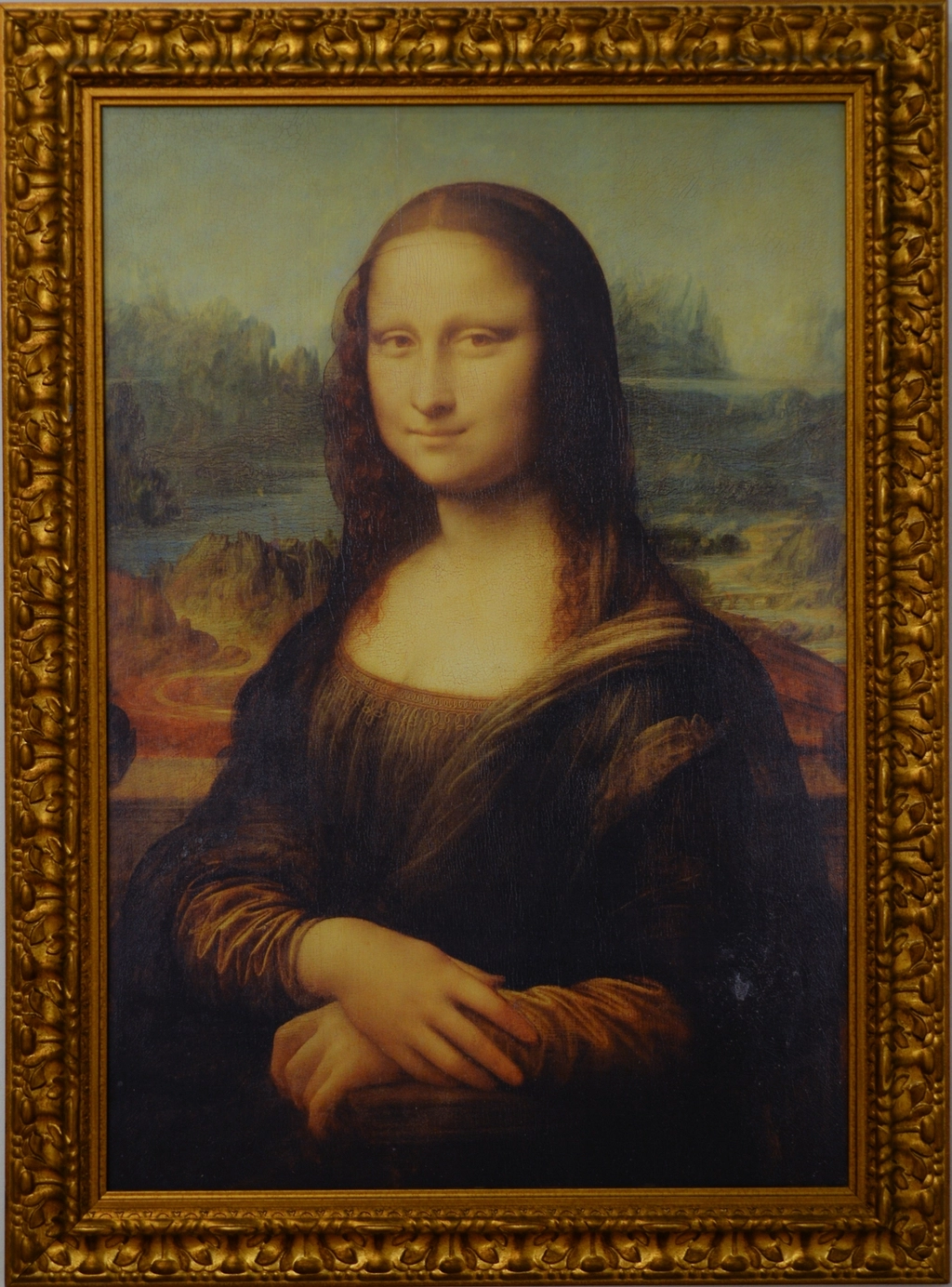
The Mona Lisa by Leonardo da Vinci is one of the most famous paintings in the world. But it’s not just her smile that has captured attention; it’s the mystery behind it.
Some believe that the Mona Lisa‘s smile changes when viewed from different angles, giving her an elusive quality. Others think the smile reflects da Vinci’s interest in the science of optics. Theories abound, but no one knows for sure.
Beyond her smile, questions about her identity remain. Was she Lisa Gherardini, the wife of a Florentine merchant, or someone else entirely? This uncertainty only adds to the allure of this Renaissance masterpiece.
Read more: Why Is the Mona Lisa So Famous?
2. The Last Supper
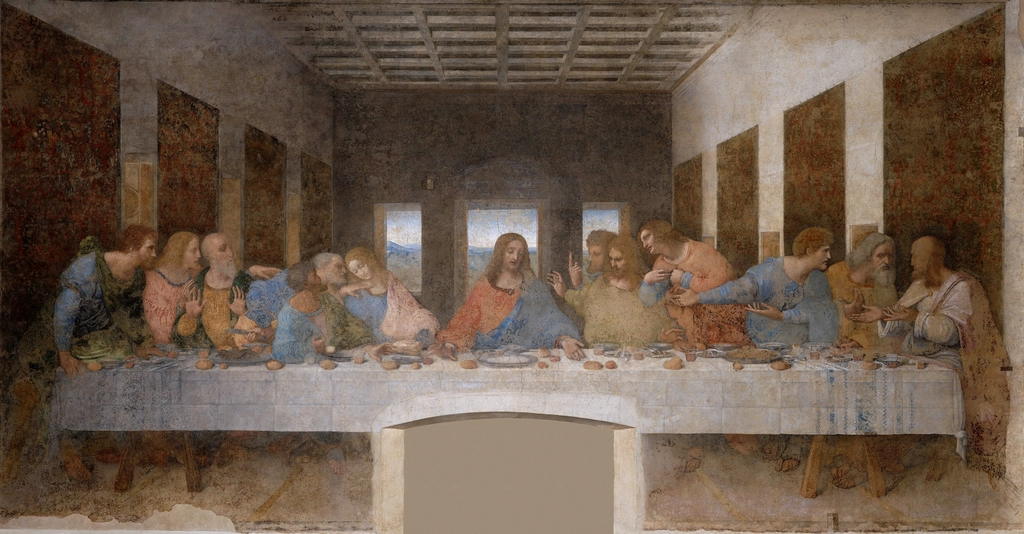
Leonardo da Vinci’s The Last Supper is more than just a depiction of Jesus’ final meal with his disciples. It’s packed with hidden symbols and messages that have intrigued viewers for centuries.
One of the most debated elements is the figure to Jesus’ right, often thought to be John the Apostle. Some argue it might actually be Mary Magdalene, suggesting a different interpretation of the scene.
The painting’s deterioration over time has also added to its mystery. Da Vinci experimented with a new technique that didn’t hold up well, leading to many restorations. Each restoration revealed or concealed different aspects of the original work, leaving us to wonder what the painting originally looked like.
3. The Scream
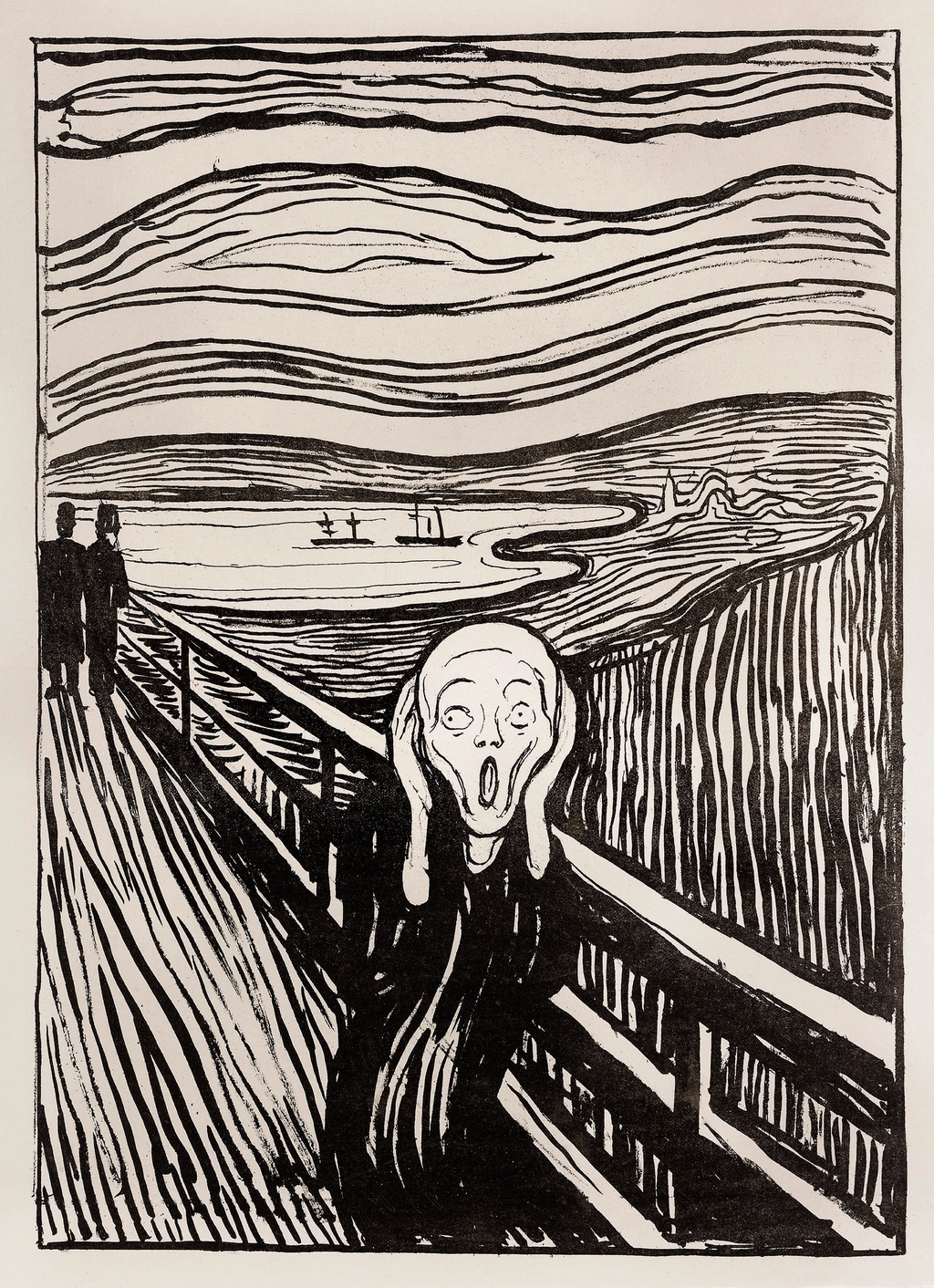
Edvard Munch’s The Scream is an iconic image of modern angst, but its meaning is far from clear. The haunting figure with a twisted face, set against a blood-red sky, has been interpreted in many ways.
Some see it as a representation of existential dread, while others think it reflects Munch’s own personal struggles.
Munch himself described the painting as an expression of a moment of overwhelming anxiety. He felt a “great, infinite scream” pass through nature, which he translated into this powerful image.
Another intriguing aspect is the sky’s unusual color. Some suggest it was inspired by the volcanic eruption of Krakatoa in 1883, which caused vivid sunsets around the world.
Read More: Top 15 Best-Selling Books of All Time and Their Impact
4. The Persistence of Memory
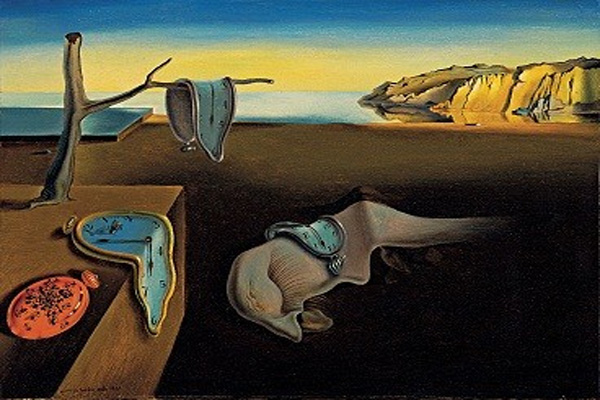
Salvador Dalí’s The Persistence of Memory is one of the most recognizable surrealist paintings.
Dalí was known for his eccentric personality, and this painting is often seen as a reflection of his views on time and reality. The melting clocks suggest that time is fluid and meaningless in the dream world, challenging our perceptions of reality.
The barren landscape in the background is often linked to Dalí’s childhood in Catalonia, Spain. This combination of the personal and the surreal gives the painting its unique, dreamlike quality.
5. Guernica
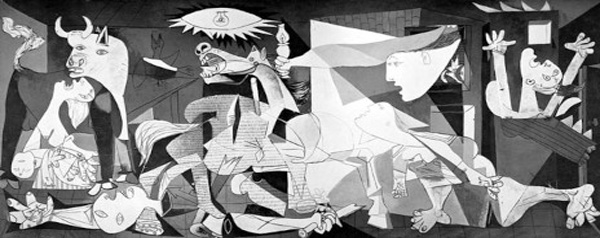
Pablo Picasso’s Guernica is a powerful anti-war statement, but its meaning is complex and layered. Painted in response to the bombing of the Basque town of Guernica during the Spanish Civil War, the artwork depicts the horrors of war and suffering.
Each figure in the painting represents different aspects of the tragedy. The anguished horse, the screaming woman holding her dead child, and the dismembered soldier all convey the chaos and pain of the event.
One of the most debated elements is the bull, a recurring figure in Picasso’s work. Some see the bull as a symbol of Spain, while others believe it represents the brutality of war.
Read more: Guernica by Picasso | Meaning, Analysis & Symbolism
6. Starry Night
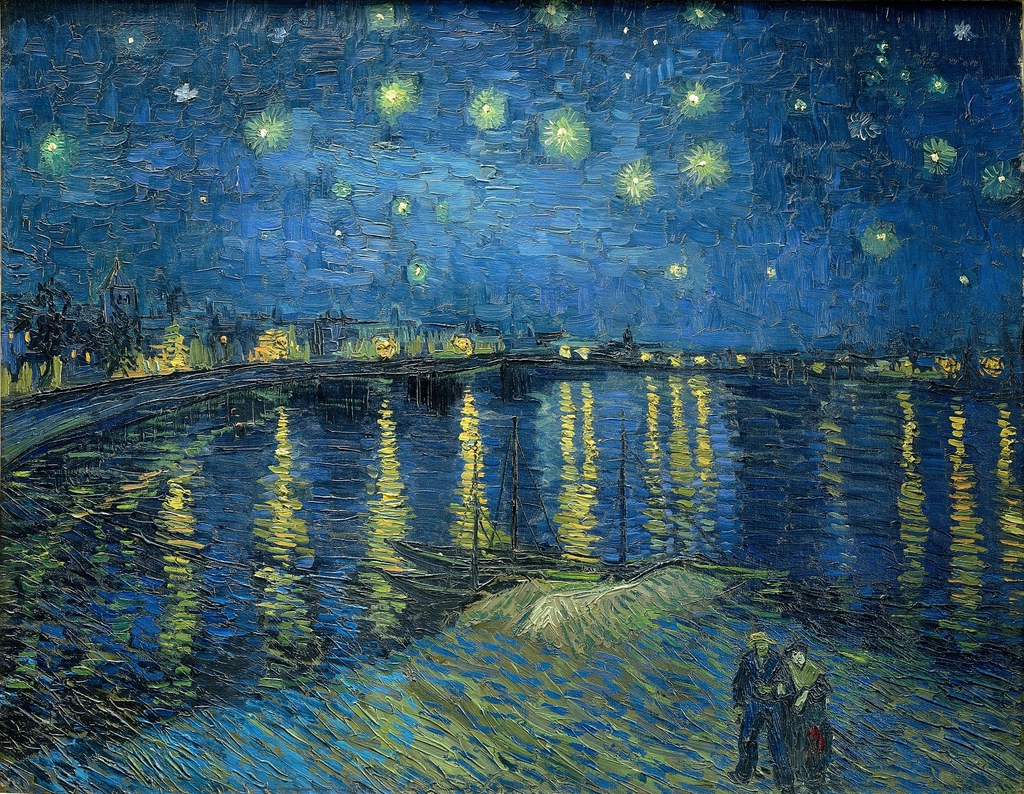
Vincent van Gogh’s Starry Night is one of the most well-known paintings in the world. Its swirling night sky filled with stars has captivated art lovers for years. But what inspired this masterpiece?
Some believe that Starry Night reflects van Gogh’s emotional turmoil during his time at the Saint-Paul asylum. The turbulent sky symbolizes his inner struggles.
The cypress tree in the foreground is also significant. It represents a bridge between life and death, adding a deeper meaning to the painting. This combination of beauty and mystery continues to captivate viewers around the globe.
Read More: Discover the Philosophers Who Shaped Our Understanding of the World
7. American Gothic
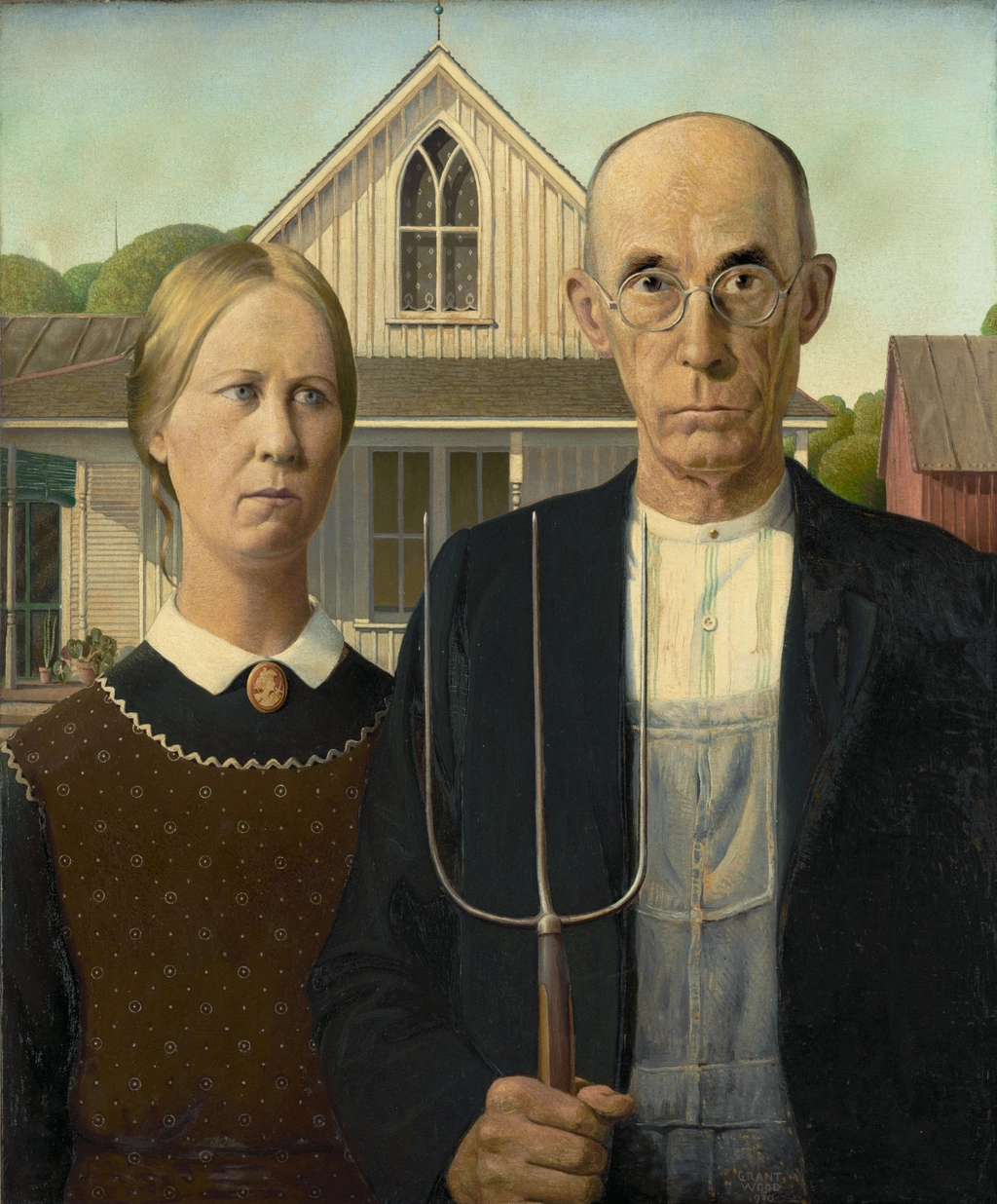
Grant Wood’s American Gothic is a staple of American art. The painting of a stern-looking farmer and his daughter standing before their home has flickered countless interpretations. What is the story behind these figures?
Many think American Gothic is a commentary on rural American life during the Great Depression. Others view it as a satire of the Midwestern spirit, highlighting the strictness and conservatism of the time.
The models for the painting were Wood’s sister and his dentist. This choice of ordinary people for an extraordinary painting challenges the viewer to look beyond the surface.
8. The Birth of Venus
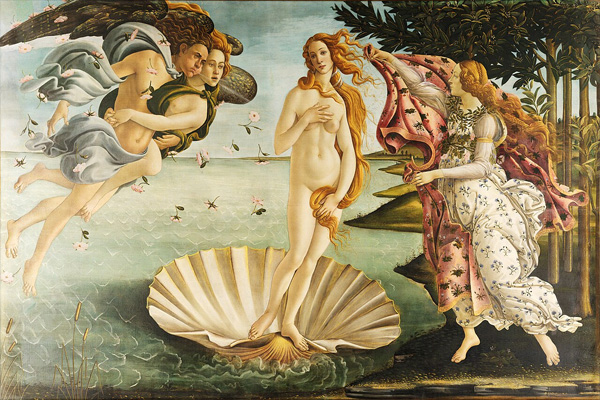
Sandro Botticelli’s The Birth of Venus is a celebrated masterpiece from the Renaissance period. The painting depicts the goddess Venus emerging from the sea on a shell, symbolizing her birth. But there’s more to this artwork than meets the eye.
Venus’s beauty is seen as a reflection of divine love and truth. The painting’s mythological theme was unusual for the time, making it a standout piece.
Botticelli’s attention to detail, especially in Venus’s hair and the surrounding figures, adds to the ethereal quality of the artwork. This blend of myth and beauty has made The Birth of Venus an enduring symbol of artistic excellence.
9. Girl with a Pearl Earring
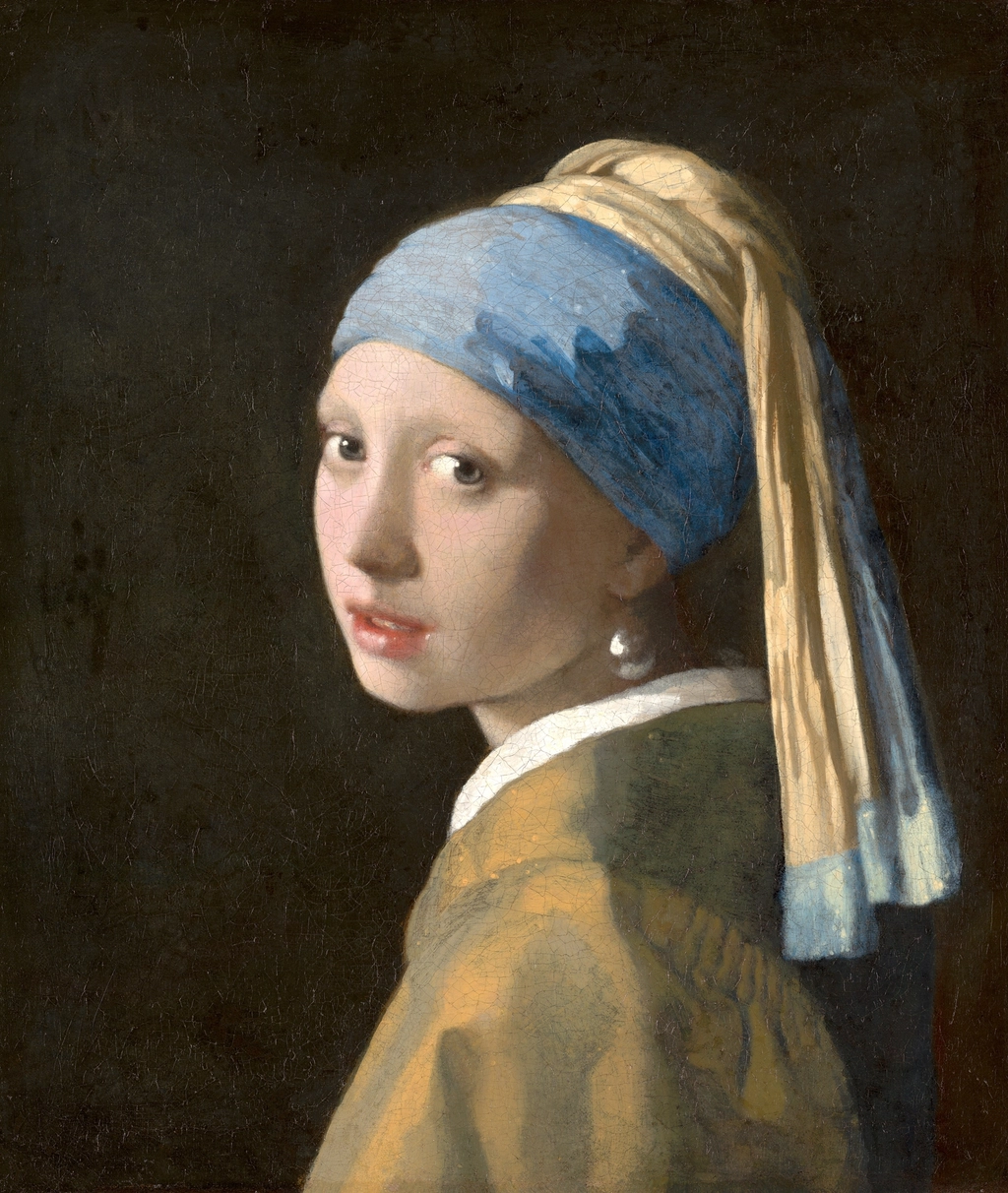
Johannes Vermeer’s Girl with a Pearl Earring is often called the “Mona Lisa of the North.” The painting captures a young girl turning toward the viewer with a mysterious expression. But who was she?
The identity of the girl remains unknown, adding to the painting’s allure. Some believe she was a maid, while others think she might have been Vermeer’s daughter. The lack of background details only heightens the sense of mystery surrounding her.
The pearl earring itself has sparked much discussion. It’s unusually large and reflective, leading some to question whether it was a real object or an artistic exaggeration.
Read More: Top 15 Facts About the Most Expensive Artworks
10. Liberty Leading the People
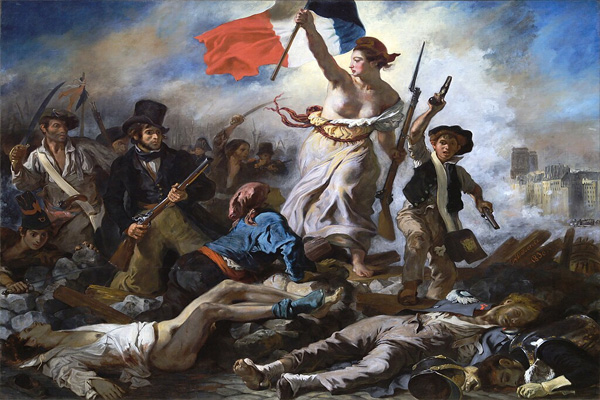
Eugène Delacroix’s Liberty Leading the People is a stirring tribute to the July Revolution of 1830 in France. The painting shows Liberty, personified as a woman, leading a diverse group of revolutionaries. But what makes this artwork so powerful?
The figure of Liberty, with raised flag, embodies the spirit of the revolution. She represents the fight for freedom and the courage of the people.
The chaotic scene, filled with movement and emotion, draws the viewer into the action. Delacroix’s use of vivid colours and dramatic lighting enhances the sense of urgency and passion.
Read more: Liberty Leading the People by Eugene Delacroix
11. The Third of May 1808
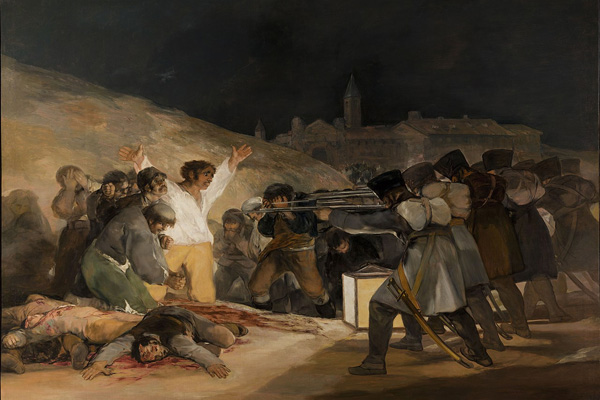
Francisco Goya’s The Third of May 1808 shows the harsh reality of war. It depicts a tragic moment during the Peninsular War when French soldiers executed Spanish civilians. The painting is famous for its raw emotion and clear message against violence and oppression.
Goya had experienced the horrors of war firsthand. This personal experience influenced the way he painted The Third of May 1808. The use of light and shadow in the painting highlights the victims’ innocence and the brutality of their killers.
This painting changed how war is shown in art. Goya’s realistic portrayal of pain and suffering inspired many artists to create more emotional and truthful depictions of conflict.
12. The two Fridas
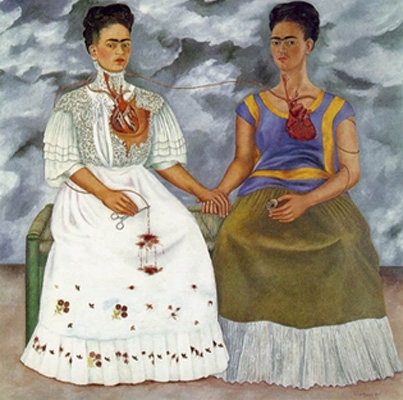
The Two Fridas is a well-known painting by Frida Kahlo. It shows two versions of herself sitting side by side. Their hearts are exposed, symbolizing her inner pain and divided identity.
In this painting, Kahlo explores her identity and feelings. One Frida represents the version loved by Diego Rivera, her husband. The other Frida shows her independent side. The traditional Mexican dress worn by one of the Fridas reflects her cultural roots.
Kahlo’s work, especially this painting, has made her a powerful figure in challenging traditional gender roles and embracing her heritage.
13. The Arnolfini Portrait
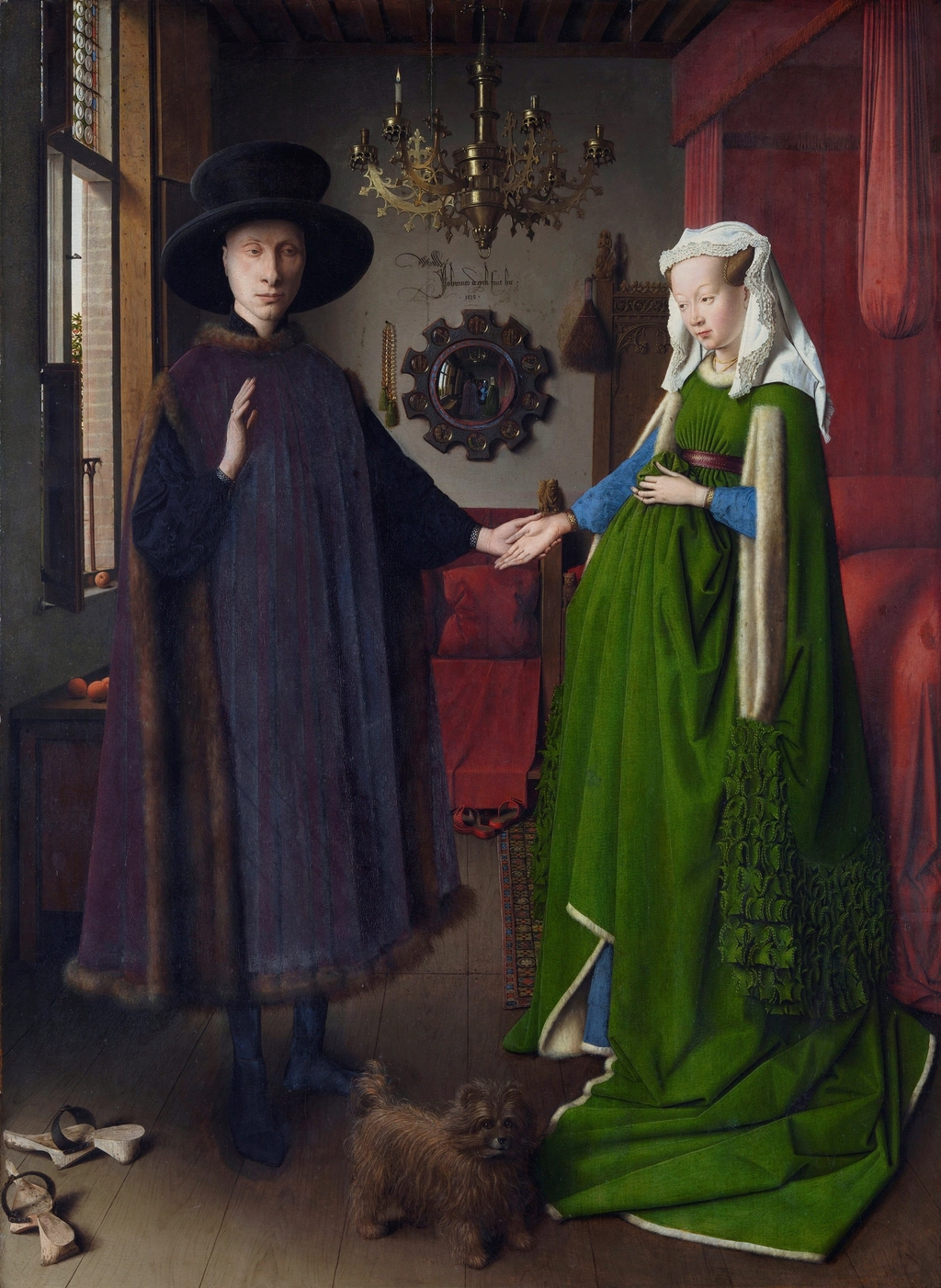
Jan van Eyck’s The Arnolfini Portrait is famous for its detailed depiction of a couple standing in a richly furnished room. The painting is filled with symbolic elements, from the dog at the couple’s feet to the mirror on the wall. But what do these symbols mean?
Some art historians believe the painting represents a wedding or betrothal. The joining of hands and the presence of a single lit candle suggest a ceremonial occasion.
The convex mirror in the background is one of the most intriguing details. It shows not only the couple but also two figures standing in the doorway, possibly van Eyck himself.
14. No. 5, 1948
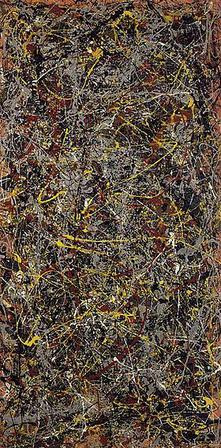
Jackson Pollock’s No. 5, 1948 is a key piece in abstract expressionism. It shows Pollock’s unique style of drip painting. This artwork is a vivid example of his method, where paint is splattered and dripped onto the canvas.
Pollock’s technique involves letting paint fall freely from the brush. This approach was both revolutionary and controversial.
Behind the chaos of the paint, there was deep emotional turmoil in Pollock’s life, which he channelled into his work. This painting reflects his inner struggles and personal conflicts.
15. The Night Watch
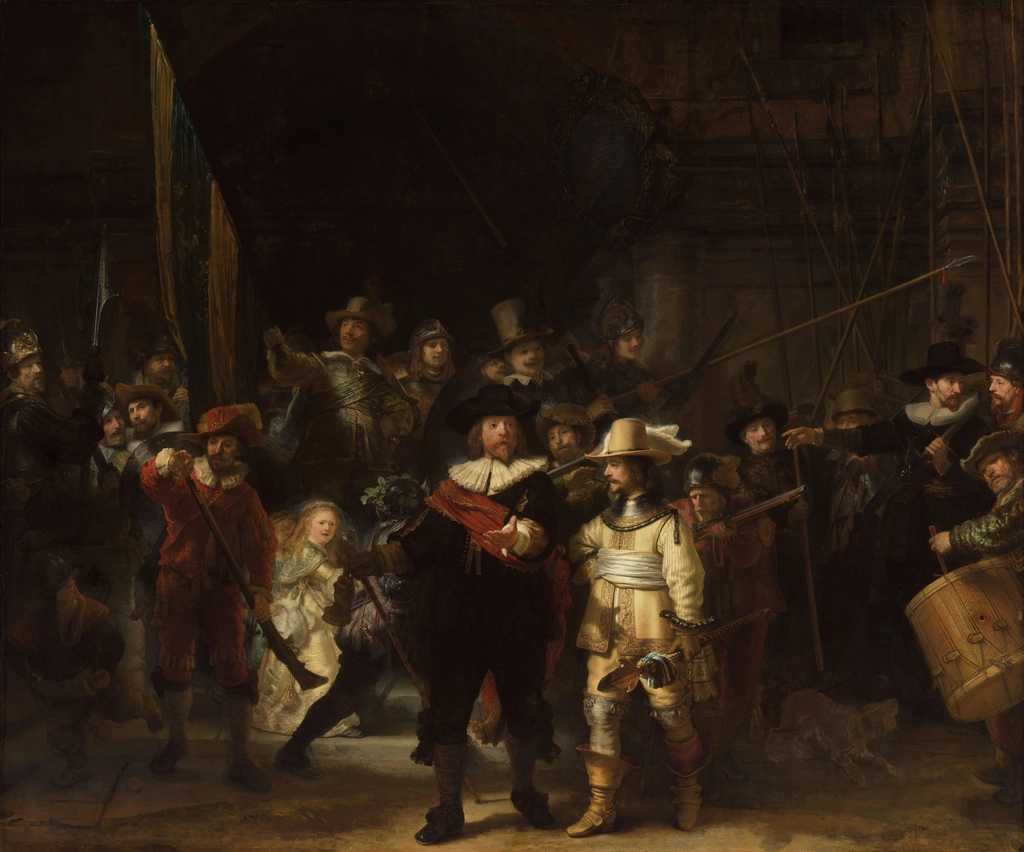
Rembrandt’s *The Night Watch* is one of the most famous group portraits ever made. It shows a militia company getting ready for action, with each person caught in a moment of movement. What makes this painting so special?
Rembrandt used light and shadow to bring the scene to life. This technique, called chiaroscuro, highlights some figures while leaving others in partial darkness.
What makes *The Night Watch* stand out is its dynamic composition. Instead of a static group portrait, Rembrandt created a lively and energetic scene.
Final note:
These 15 masterpieces show the incredible range and depth of artistic expression. Each painting, from the swirling skies of Starry Night to the haunting figures of Guernica, tells a unique story. These works invite us to explore different emotions, ideas, and cultures.
Art has the power to connect us across time and space, allowing us to see the world through the eyes of others. These paintings are not just beautiful images; they are windows into the human experience.
12 FAQs (Frequently Asked Questions):
-
What is the significance of Mona Lisa’s smile?
The enigmatic smile of the Mona Lisa is often interpreted as a symbol of Leonardo da Vinci’s mastery of human expression.
-
Why is Van Gogh’s The Starry Night so famous?
The Starry Night is celebrated for its bold colors and swirling patterns that reflect Van Gogh’s emotional intensity and unique style.
-
What story does The Last Supper by Leonardo da Vinci tell?
The Last Supper captures the moment Jesus announces his betrayal, showcasing the reactions of his disciples.
-
Why is Girl with a Pearl Earring called the ‘Mona Lisa of the North’?
Girl with a Pearl Earring is often compared to the Mona Lisa due to its captivating expression and masterful use of light.
-
What does The Birth of Venus symbolize?
The Birth of Venus represents the emergence of beauty and love, with Venus depicted as the goddess of love.
-
Why is The Creation of Adam so iconic?
The Creation of Adam is iconic for its depiction of God giving life to the first man, symbolizing the connection between the divine and humanity.
-
What do the melting clocks in The Persistence of Memory represent?
The melting clocks in The Persistence of Memory are often seen as a symbol of time’s fluidity and the surreal nature of memory.
-
What is the meaning behind The Scream by Edvard Munch?
The Scream is thought to express the anxiety and existential dread that Munch felt, symbolized by the figure’s distorted face.
-
What message does Picasso’s Guernica convey?
Guernica conveys the horrors of war, particularly the suffering of civilians during the Spanish Civil War.
-
Why is The Night Watch by Rembrandt considered a masterpiece?
The Night Watch is a masterpiece due to Rembrandt’s innovative use of light, shadow, and movement, creating a dynamic group portrait.
-
What makes The Arnolfini Portrait so intriguing?
The Arnolfini Portrait is intriguing for its detailed symbolism and the mysterious mirror that reflects additional figures.
-
Who are the figures in Raphael’s The School of Athens?
The School of Athens features many great philosophers, including Plato and Aristotle, symbolizing the peak of intellectual thought.
-
How did Rembrandt create a sense of movement in The Night Watch?
Rembrandt used light and shadow to create depth, capturing the energy of the militia preparing for action.
-
What does Raphael’s The School of Athens represent?
The painting represents the gathering of great philosophers, symbolizing the sharing of knowledge and ideas.
-
Why is The School of Athens considered a masterpiece of the Renaissance?
Its perfect perspective, balanced composition, and portrayal of great thinkers make it a quintessential Renaissance work.




